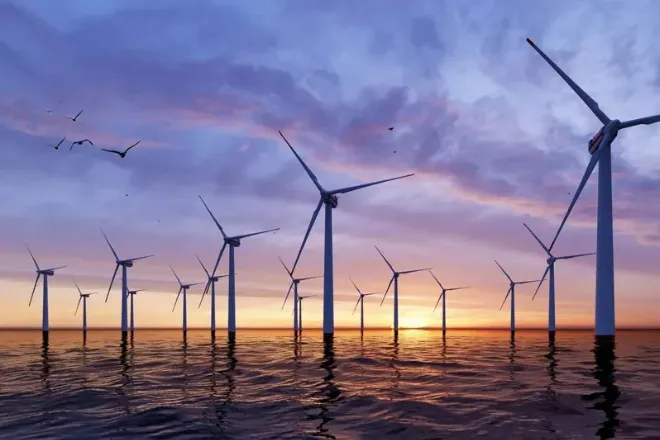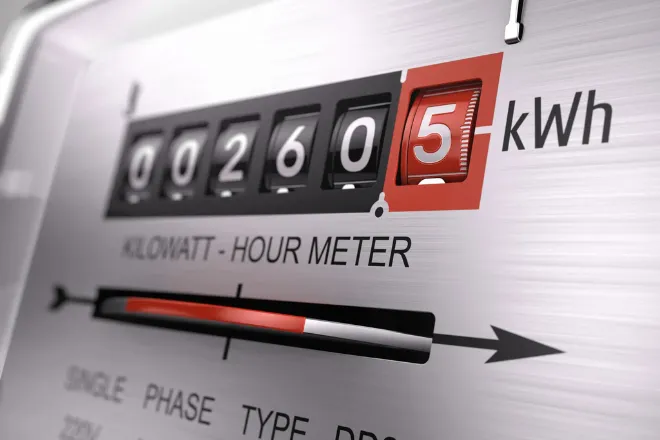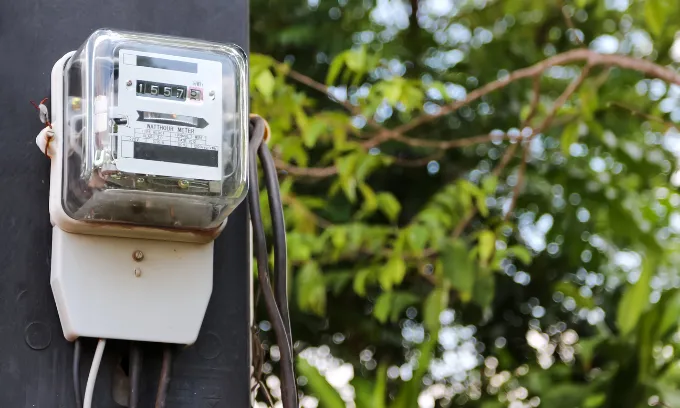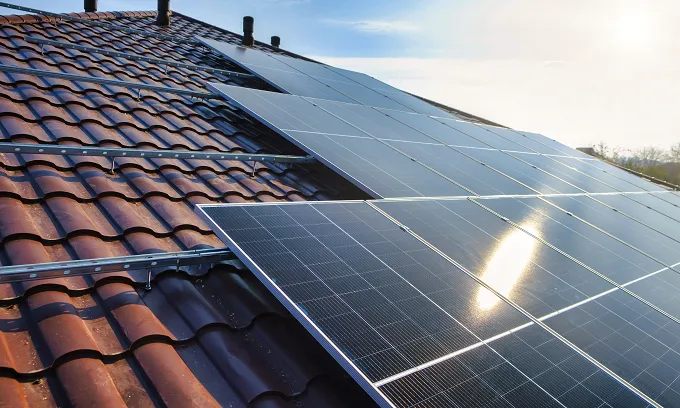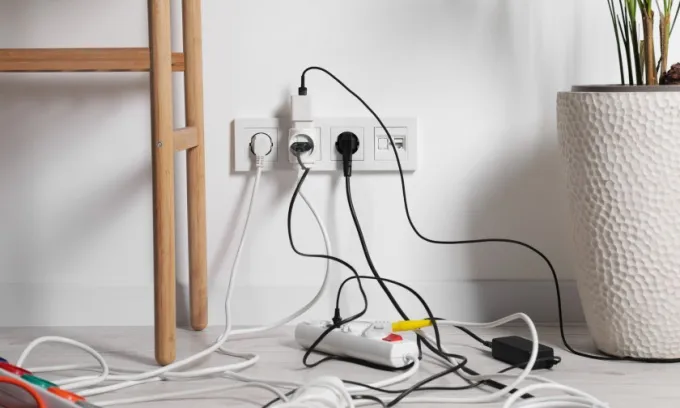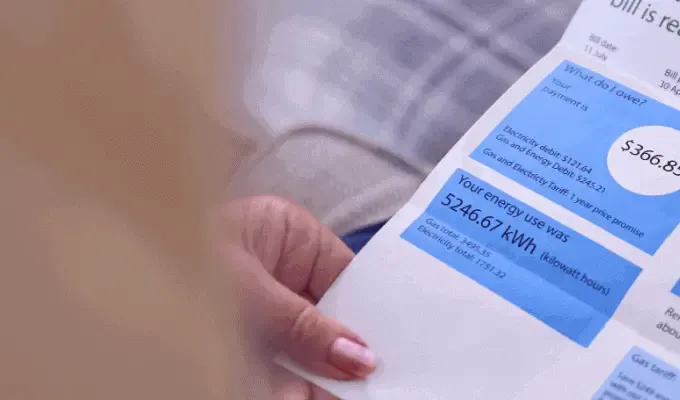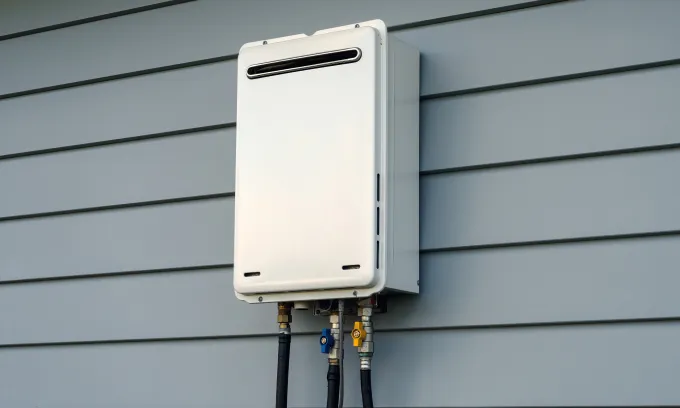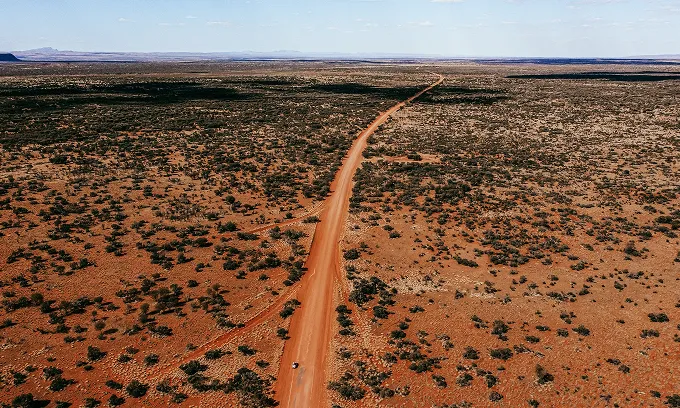Step-by-step: How to compare and switch electricity plans
- Check your current bill: Knowing your current plan’s usage and supply rates and features will help you compare other offers in the market. Check if early exit or disconnection fees apply for cancelling your plan.
- Understand your electricity needs: Consider how much electricity you use and your consumption habits. For example, do you use more electricity at certain times of day? Do you have major appliances, such as a heated floor or a hot water system?? This can help you determine the right tariff type.
- Complete Canstar’s quick, easy and free electricity comparison questionnaire for a tailored energy quote. On the results page, you’ll want to look at:
- The average annual cost of each plan and how it compares to the electricity reference price.
- The plan’s daily supply charge and usage rate in kilowatt hours (kWh), and if these are variable or fixed.
- If there are any discounts offered.
- If you have solar panels, the solar feed in tariff (FiT).
- Any other offers or inclusions, such as new customer discounts or credits.
- Keep an eye out for where a provider ranks in Canstar’s Most Satisfied Customers ratings in your state.
- Once you’ve chosen a plan, click through the link on our tool to sign up.
- Unless you’re moving, you won’t need to contact your old electricity provider when switching.
- Look out for a welcome pack from your new provider and confirmation your service has changed.
- Your new plan will list a ‘benefit period’ where conditions such as discounts, memberships or fixed rates apply — usually 12 months.
- Reviewing your new plan regularly to ensure your electricity rates stay competitive.
Where can I compare electricity plans in Australia?
You can compare and switch electricity plans in the following states:
- New South Wales
- Victoria
- South Australia
- Queensland
- Tasmania
- Australian Capital Territory
Canstar does not provide energy quotes for electricity plans in Western Australia or the Northern Territory, as these are regulated markets where customers are generally unable to choose their electricity provider.
What to look for when comparing electricity plans
- Average annual cost: Compare this to the reference price in your area – ideally, you want a plan that’s much less.
- Tariff type: Whether a plan has a single rate, time of use, controlled load or demand tariff.
- Usage rate: What you pay for each kWh of electricity your household uses, measured in c/kWh.
- Supply rate: The daily cost charged for staying connected to an energy network. Even if you don’t use any power, you will still need to pay the supply cost, charged in cents per day.
- Discounts: Any conditional or guaranteed discounts available, such as for paying on time or signing up to direct debit.
- Solar feed in tariff (FiT): If you have solar panels, the bill credit you’ll receive for exporting unused solar electricity to the grid.
- Fees and charges: Late payment fees, charges for using a credit card or opting for paper bills and connection and disconnection fees are examples of some costs that can apply.
- Switching offers: Any other offers or inclusions, such as new customer discounts or credits – just make sure these aren’t covering for higher usage or supply rates.
- Green or carbon neutral energy: If a plan features GreenPower, carbon neutral or renewable energy options.
Understanding electricity pricing
How is electricity use calculated and charged?
Electricity use is measured in kilowatt hours (kWh). A kWh represents the amount of power (in kilowatts/kW) used each hour: for example, if you use a 5kW appliance for one hour, that will use 5kWh of electricity.
Your household electricity usage in kWh is recorded by your electricity meter each billing period, then passed on to your energy provider. You’ll be charged for each kWh of electricity used, in cents per kilowatt hour (c/kWh). This is called a ‘usage charge’ or usage rate: these vary between plans, providers and distributors.
Your power bill will list the number of kWh you’ve used, plus the usage rate in c/kWh. Multiply the c/kWh cost by the number of kWh used, and you’ll get the total usage charge for that billing period.
In addition to usage costs, your electricity bill also includes a daily supply charge. This is a fixed daily fee set by your provider that typically covers network charges, and is calculated in cents per day. Your total bill will consist of both your usage and supply charges. Usage charges apply even if you haven’t used any electricity.
What types of electricity tariffs are available?
Most Australians are on one of two tariff types: single rate, or time of use.
Single rate tariffs
Also known as a ‘flat rate’, ‘peak,’ ‘any time’ or ‘general usage’ tariff, these are plans that charge one rate for all electricity usage, no matter the time of day or season. This is the simplest and most common tariff type.
Time of use tariffs
A time of use tariff charges different rates for electricity usage depending on the time of day, or in some cases the time of year. These charges are generally broken into three periods: peak, off-peak and shoulder.
Other less common tariff types
- Controlled load tariffs: Tariffs that include a separate charge and meter to measure power from high-usage appliances, such as hot water systems or pool pumps.
- Demand tariffs: A tariff that includes a standard supply charge and usage charge, as well as a demand charge which is based on the most electricity your household uses at once during peak times.
What is a solar feed-in tariff?
A solar feed-in tariff (FiT) is a credit applied to your energy bill for exporting excess solar power back into the electricity grid. FiTs are calculated in cents per kilowatt hour (c/kWh), and will vary between providers and states.
A FiT can be included on any type of electricity plan, but most retailers reserve their highest FiT rates for specialised solar plans.
Why are peak, off-peak and shoulder times important?
If you’re on a time of use tariff, you’ll be charged different rates for electricity use based on the time of day (and sometimes the season). Usage rates are divided into peak, off-peak and shoulder hours.
- Peak hours: Customers are charged the most for power usage during peak hours, as this is when demand on the grid is highest – typically between 3pm and 9pm on weekdays.
- Off-peak hours: Customers are charged the lowest rates for non-demand hours, which are usually in the middle of the day or later in the evening.
- Shoulder hours: All other times of day.
If you’re on a time of use plan, you’ll ideally tailor your electricity usage to take advantage of off-peak rates (e.g. only using major energy-draining appliances, such as washing machines or dishwashers, during cheaper off-peak hours). In comparison, customers who find it difficult to avoid high energy usage in peak hours are usually better suited to a single rate plan.
What’s the difference between standing offers and market offers?
‘Standing offers’ and ‘market offers’ are two categories of plans offered by electricity providers.
- Standing offers: Also called default offers, these are energy plans with prices set by the state government. They act as the default plan if you haven’t chosen a market offer. Default offers usually cost more than market offers and don’t include discounts.
- Market offers: These are energy plans designed by retailers. These are likely to include discounts, incentives or bonuses for customers. The majority of these offers come with variable rates.
How do wholesale market changes impact retail prices?
Wholesale prices are costs retailers pay to buy and supply energy to homes and businesses, and don’t always correlate with what energy providers actually charge their customers. When wholesale prices rise or fall, the change is ideally passed on to consumers; however, retail pricing is ultimately decided by energy providers.
Wholesale pricing for electricity is set based on a range of factors, including the cost of coal and gas internationally. Domestic issues that impact wholesale prices — and therefore retail prices — include network costs, adverse weather, and a lack of investment in reliable and renewable sources of energy.
Canstar’s electricity awards
Canstar’s annual Most Satisfied Customers awards recognise the electricity providers by state rated best by customers like you.
- Best-Rated Electricity Provider NSW: Red Energy (2024)
- Best-Rated Electricity Provider in VIC: Lumo Energy (2024)
- Best-Rated Electricity Provider in QLD: Red Energy (2024)
- Best-Rated Electricity Provider in SA: Lumo Energy (2024)
- Best-Rated Dual Fuel Provider Nationally: Lumo Energy (2025)
- Best-Rated Solar Energy Provider Nationally: Lumo Energy (2025)
- Best-Rated Small Business Electricity Provider Nationally: Red Energy (2024)
What criteria does Canstar use for electricity awards?
Our Most Satisfied Customers awards show how thousands of bill-paying customers feel about their electricity provider, both with overall satisfaction and particular parts of their experience such as:
- Value for money
- Customer service
- Bill and cost clarity
- Online tools and advice
- Ease of sign-up
- Solar tariff rate (solar awards only).
See our ratings methodology for more information.
Electricity and energy efficiency
What are the common household appliances that can drive up energy costs?
Heating and cooling contributes to around 40% of our electricity bills, making air conditioning and heaters some of the biggest culprits when it comes to high power bills. Other appliances to consider when assessing your energy usage include:
- Hot water systems: Showers, washing machines and dishwashers all contribute to hot water usage.
- Clothes dryers
- Refrigerators and freezers
- Pool pumps
- Ovens and kitchen appliances
Tips to reduce your electricity consumption
- Install more energy-efficient appliances and fittings, such as LED lights, appliances with a higher energy rating, and water-saving showerheads.
- Minimise your hot water use where possible – e.g. use 'eco' or cold water settings on appliances.
- Check your hot water system annually for leaks or issues that could reduce its efficiency.
- Look at how your home is insulated to help make heating and cooling more effective. Consider ceiling and wall insulation, double-glazing windows, if your property has any draughts, and even how your home is shaded in summer.
- Investing in solar panels requires a significant upfront cost, but can be worth it for the long-term savings (especially when paired with a solar battery).
How does the electricity market work in Australia?
Electricity markets in Australia
Most electricity in Australia is controlled by the National Electricity Market (NEM), which oversees the physical generation of electricity, as well as its wholesale supply to retailers. The NEM operates in NSW, VIC, QLD, SA, TAS and the ACT.
The NEM is managed by several key bodies:
- The Australian Energy Market Commission (AEMC) sets the rules that the market must follow.
- The Australian Energy Market Operator (AEMO) monitors how the wholesale electricity market operates and makes sure it’s secure, cost-efficient and fit for purpose.
- The Australian Energy Regulator (AER) monitors retailers and distributors to ensure they’re complying with the law, and that the market is fair and reliable.
These bodies work together to ensure energy access and pricing is accessible and fair across Australia. The NEM oversees the physical electricity supply chain, which includes:
- Generators: Power stations which create electricity from a mix of sources including coal, gas, sunlight, wind and water.
- Transmission networks: A system of power lines, towers and equipment that transports bulk electricity at high voltages from generators to distribution networks.
- Distribution networks: A system of poles, wires, substations and other equipment that picks up electricity from the transmission grid at lower voltages and transports it into homes and businesses.
- Retailers: Companies that offer electricity plans and pricing to consumers.
What are ‘deregulated’ and ‘regulated’ energy markets?
The areas covered by the NEM are ‘deregulated,’ meaning pricing and competition isn’t controlled by the state governments. Customers in NSW, VIC, south-east QLD, SA, ACT and TAS can choose from a range of private electricity providers, who set their own plans and prices.
Regulated markets (such as NT and WA) have prices and rates set by the state government. The lack of market competition means customers have very little choice of provider, and in some cases only one electricity retailer.

















